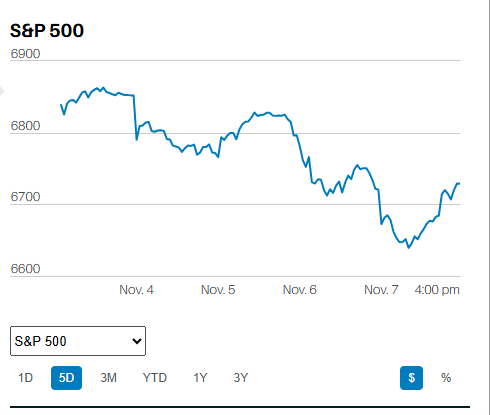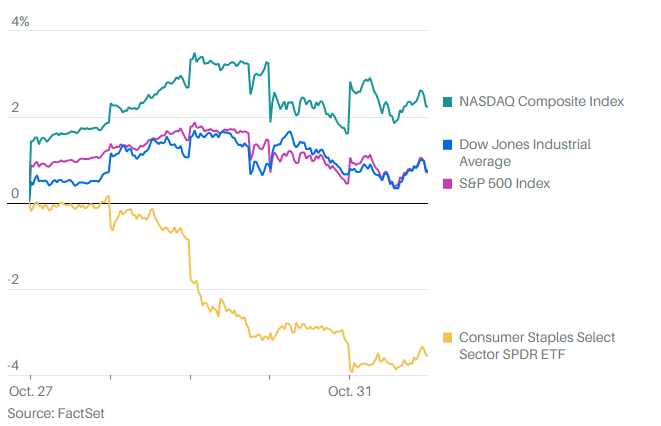A parent walked up to me before the start of softball practice last week with some bad news. His grandmother had died and he was taking one of my best infielders to Florida for the funeral.
Of course I felt bad for him; a death in the family, expected or not, is never easy. The softball parent’s grandmother was 91-years old and had been in a nursing home. He let me know that the family wasn’t surprised the end had come. Grandma had been in the nursing home for a while. I already knew, without having to ask, that the nursing home was costing someone a substantial amount. Nevertheless, he volunteered his shock at the expense.
Conflicting emotions abound within and among family members when a death watch begins. The financial burden simply adds to the stress. People often feel guilty when they find themselves wishing for it to end, and guiltier still when money fears rise. Spouses wanting to know if there will be anything left for them when it is their turn. Sons and daughters, grandsons and granddaughters, loving their elders, understanding the suffering, but often hoping that there will be some money left for their own retirement, or their childrens’ education. The cauldron of emotions bubbling up inside long-term care situations can create mental and physical turmoil that brings its own collateral damage.
Long-term Care planning is an often overlooked aspect of retirement planning, yet it is a hugely critical piece of the planning puzzle, given the tremendous increases in long-term care costs, both current and projected. Long-term care cost varies around the country, but can run from $63,875 on average in Phoenix, AZ in 2011 to as much as $124,830 on average in the same year in Boston MA. Yet many people do not plan for long-term care expenses at all when planning their retirement. In fact, a recent Nationwide Financial survey of 813 respondents showed that 57% had not taken long-term care costs into consideration. Furthermore, the survey respondents, as a group, were woefully out of touch with the rising costs of long-term care. The survey respondents estimated on average that nursing home care will cost only $111,507 per year by 2030, less than half the actual industry estimates of $265,000 per year.
Denial is not a viable planning strategy, yet it is a common course of (in)action. Although 57% of respondents in the Nationwide survey said they haven’t taken long-term care costs into consideration, fully 70% of Americans over age 65 will need long-term care at some point, according to the U.S. Department of Health and Human Services. Another data point that shouts denial – Americans age 50 or older, not currently in retirement, estimate they will live only 20.7 years after they retire, while those already in retirement expect to live 27.1 years in retirement. Planning your finances for a 21 year retirement, while subsequently experiencing a 27 year retirement, is not a winning strategy…
While it is true that the trend is toward retiring later, it is also true that lifespans are increasing rapidly.
Science writer Josh Mitteldorf points out that increases in life expectancy since 1970 run more than 10 years in Japan and 9 years in Europe. He goes on to write that for every year that goes by, 3 months are added to life expectancy for people over 70-years of age. Unfortunately, dementia is a rapidly growing condition among seniors that is tightly tied to aging. The risk of dementia doubles every five years in people 70-years and older, according to Harvard economist David Laibson.
Each case of dementia costs between $41,000 and $56,000 annually, according to a recent study done by the RAND corporation. Researchers project that the total costs of dementia care will more than double by 2040, to a range of $379 billion to $511 billion, from $159 billion to $215 billion in 2010. But it isn’t just the coming rapid increase in dementia that is likely to continue to drive health care costs higher. New treatments for such common diseases as prostate cancer are prolonging life, but also bringing heavy financial burdens to the healthcare system and individuals as well. One new treatment for prostate cancer, for instance, runs $100,000 per year.
Don’t count on the government to bail you out though. The United States already spends more than one-third of all tax receipts on healthcare according to the White House Budget Office. Last year the federal government collected about $2.5 trillion in revenue and spent over $900 billion in healthcare. Medicare alone cost $545 billion while Medicaid cost approximately $250 billion. Nevertheless, seniors continue to spend hundreds of thousands of dollars in out-of-pocket health-care expenses during retirement. Yet despite the high out-of-pocket expenses and the tremendous impact health-care costs can have on a retirement, one recent Harris Interactive survey found that 38% of those surveyed hadn’t discussed retirement health-care costs with a financial planner or financial advisor.
What’s that you say? You’re not going to need a nursing home? Assisted living? In-home care?
The occurrence of Alzheimer’s is projected to triple by 2050. Other diseases among the leading causes of death for seniors include cardiovascular disease, cancer, chronic respiratory disease and stroke, according to the Centers for Disease Control (CDC) – all of them involve lengthy treatments and care. The Center for Medicare and Medicaid Services says 64% of seniors struggle with three or more activities of daily life (ADLs), such as bathing, dressing, eating, getting in an out of bed or chairs, walking or using a toilet. Approximately 44% of people reaching age 65 are expected to enter a nursing home at least once in their lifetimes. about 53% of the 44% staying in a nursing home will do so for one year or more. The Department of Health and Human Services estimates 10% of those entering a nursing home will be there for five or more years. The American Association of Retired Persons estimates that the lifetime probability of becoming disabled in at least two ADLs or being cognitively impaired is 68% for people aged 65 or older.
Building a flexible financial plan to optimize your chances of having a comfortable retirement demands taking health care planning and costs into account. Do it for yourself. Do it for your spouse. Do it for your kids, your grandkids, and all of your other loved ones. All too often the fallout from long-term care situations creates ripples of trauma that reach far beyond the individual needing the long-term care. Avoidance, the Ostrich Effect, can create needless additional pain and suffering, pain and suffering that can be avoided with some thoughtful planning.











